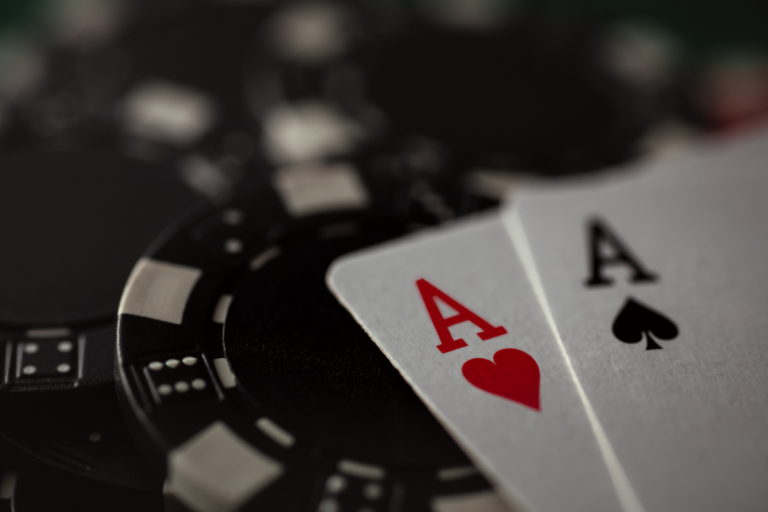When it comes to romance novels, readers often have certain expectations. They want to see two characters fall in love, face obstacles, and overcome them to live happily ever after. But how those characters get there can vary greatly depending on the tropes used in the story.
Tropes are commonly used themes or plot devices that are prevalent in certain genres. In romance novels, there are countless tropes that authors use to create tension, drama, and conflict between the characters. Some of these tropes are beloved by readers, while others are seen as overused or even problematic.
In this post, we’ll explore some of the most popular romance tropes and examine what makes them work, what makes them fail, and what readers can expect from them.
Enemies-to-Lovers
One of the most popular romance tropes is enemies-to-lovers. In this trope, two characters who dislike each other at the beginning of the story gradually develop feelings for each other over time. This trope is often used in contemporary and historical romances and can create some of the most intense romantic tension in a story.
When done well, enemies-to-lovers can be incredibly satisfying to read. The slow burn of the character’s relationship and the eventual payoff when they finally admit their feelings can be incredibly satisfying. However, when done poorly, this trope can feel forced and unrealistic. If the characters’ animosity towards each other is too extreme or there’s no clear reason for it, readers may find it difficult to believe that they would ever fall in love.
Friends-to-Lovers
Another popular romance trope is friends-to-lovers. In this trope, two characters who are already friends gradually realize that they have romantic feelings for each other. This trope is often used in contemporary romances and can be a great way to explore the depth of a pre-existing relationship.
When done well, friends-to-lovers can be incredibly heartwarming. Seeing two characters who already know and care for each other take their relationship to the next level can be incredibly satisfying. However, when done poorly, this trope can feel predictable and boring. If there’s no real conflict or tension in the story beyond the characters’ initial hesitation to admit their feelings, readers may lose interest.
Love Triangles
Love triangles are a controversial romance trope. In this trope, one character is torn between two potential love interests. This trope is often used in YA and contemporary romances and can create a lot of drama and tension in a story.
When done well, love triangles can be incredibly effective at creating tension and keeping readers guessing. However, when done poorly, they can feel frustrating and unnecessary. If the characters involved in the love triangle are not well-developed or there’s no clear reason why the protagonist is torn between them, readers may lose interest in the story.
Bad Boy with a Heart of Gold
The bad boy with a heart of Gold is a classic romance trope. In this trope, one of the love interests is a rough-around-the-edges rebel who is ultimately revealed to have a soft and caring side. This trope is often used in contemporary and new adult romances, and can be incredibly appealing to readers who love a little bit of danger in their love stories.
When done well, the bad boy with a heart of gold can be incredibly appealing to readers. The contrast between the tough exterior and the vulnerable interior of the character can be very alluring. However, when done poorly, this trope can feel clichéd and predictable. If the bad boy’s soft side is too obvious or the character is too one-dimensional, readers may find it difficult to connect with him.
Fake Relationship
The fake relationship trope is a fun and often lighthearted plot device used in romance novels. In this trope, two characters pretend to be in a relationship for some reason, whether it’s to make an ex jealous, to save face in front of family or friends, or for some other reason. This trope is often used in contemporary and new adult romances and can be a great way to create some humour and tension in a story.
When done well, the fake relationship trope can be incredibly entertaining. The characters often start out with a certain level of animosity towards each other, which makes their eventual realization of their feelings all the more satisfying. However, when done poorly, this trope can feel forced and unrealistic. If the reason for the fake relationship is too contrived or the characters’ interactions with each other are too awkward, readers may find it difficult to suspend their disbelief.
Alpha Male
The alpha male trope is a controversial one in the romance genre. In this trope, the male love interest is often portrayed as dominant, possessive, and protective. This trope is often used in contemporary and paranormal romances and can be appealing to readers who enjoy a strong and protective hero.
When done well, the alpha male trope can be incredibly effective at creating tension and romantic conflict. The character’s dominant personality can create a sense of danger and excitement that readers find appealing. However, when done poorly, this trope can be problematic. If the character’s behaviour is too controlling or aggressive, readers may find it difficult to root for him.
Romance tropes are a staple of the genre, and can be both good and bad depending on how they are used. While some tropes are beloved by readers, others have been overdone and can feel clichéd. Ultimately, it’s up to the author to use these tropes in a way that feels fresh and exciting. By understanding what makes a trope work or fail, writers can create compelling and satisfying love stories that keep readers coming back for more.




